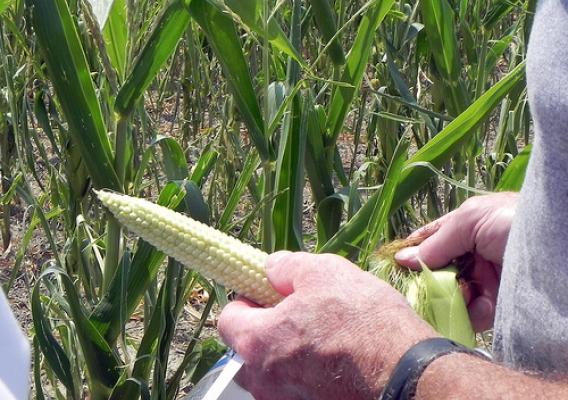Thomas Guevara, Deputy Assistant Secretary for Regional Affairs at the U.S. Commerce Department’s Economic Development Administration, joined Arkansas Secretary of Agriculture V.O. “Butch” Calhoun, along with USDA and other federal, state and local officials on October 17th for a regional workshop to outline resources available to assist with drought recovery efforts. The meeting was held at the University of Arkansas Pine Bluff campus.
Over 150 participants, including stakeholders, discussed the drought’s effects on water quality and quantity, forestry, community and economic impacts, and agriculture and agribusiness. Currently, more than two-thirds of the country is affected by the drought. Participants in the meeting offered thoughts on developing a new framework for cooperation among local, state and federal partners when it comes to drought recovery, and shared ideas about how to establish long-term relationships at all levels in these communities. Collaboration, coordination and communication were the themes during the meeting.






